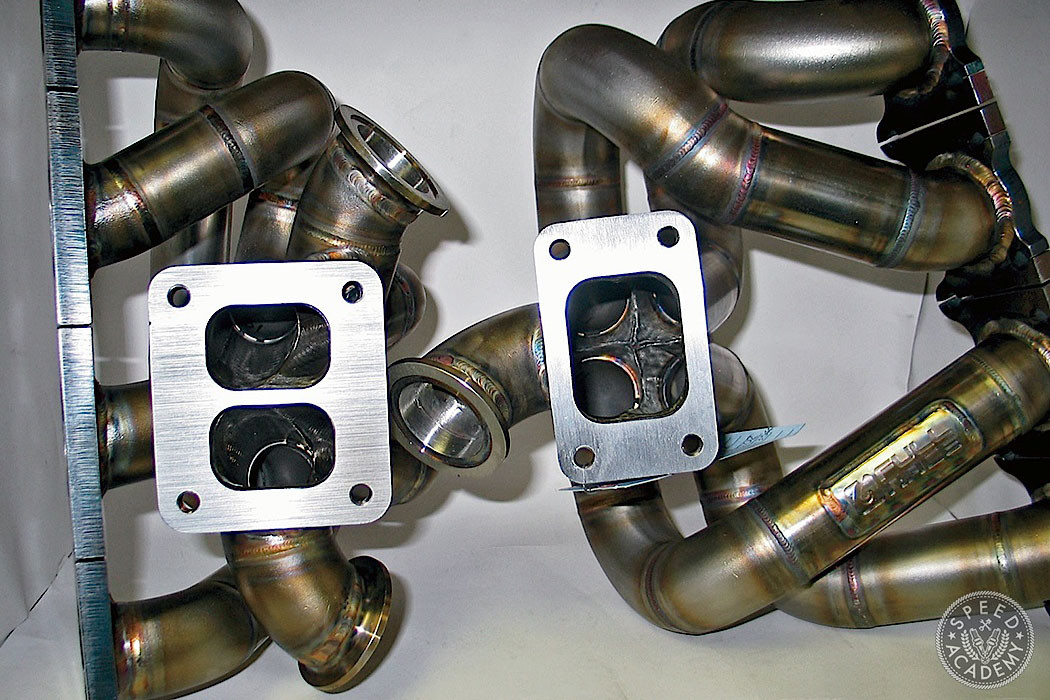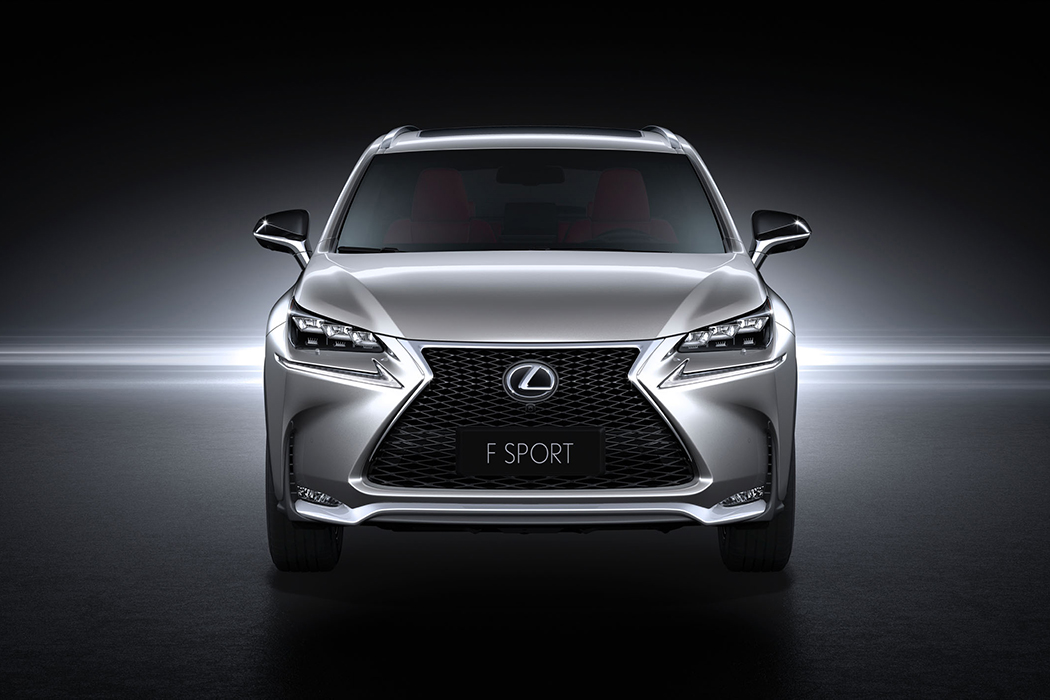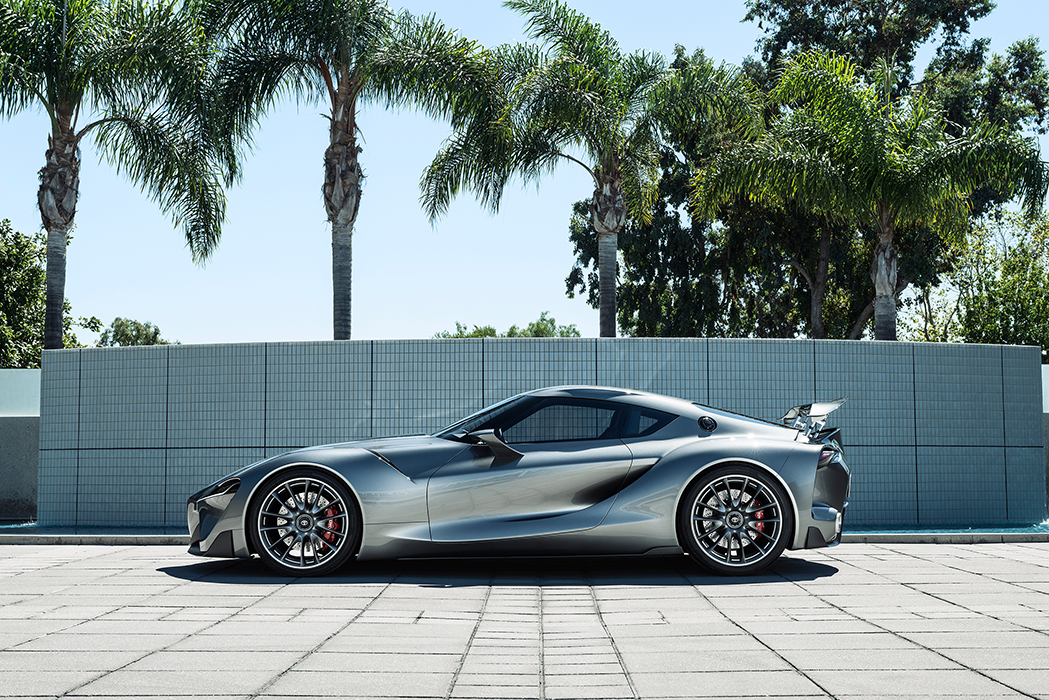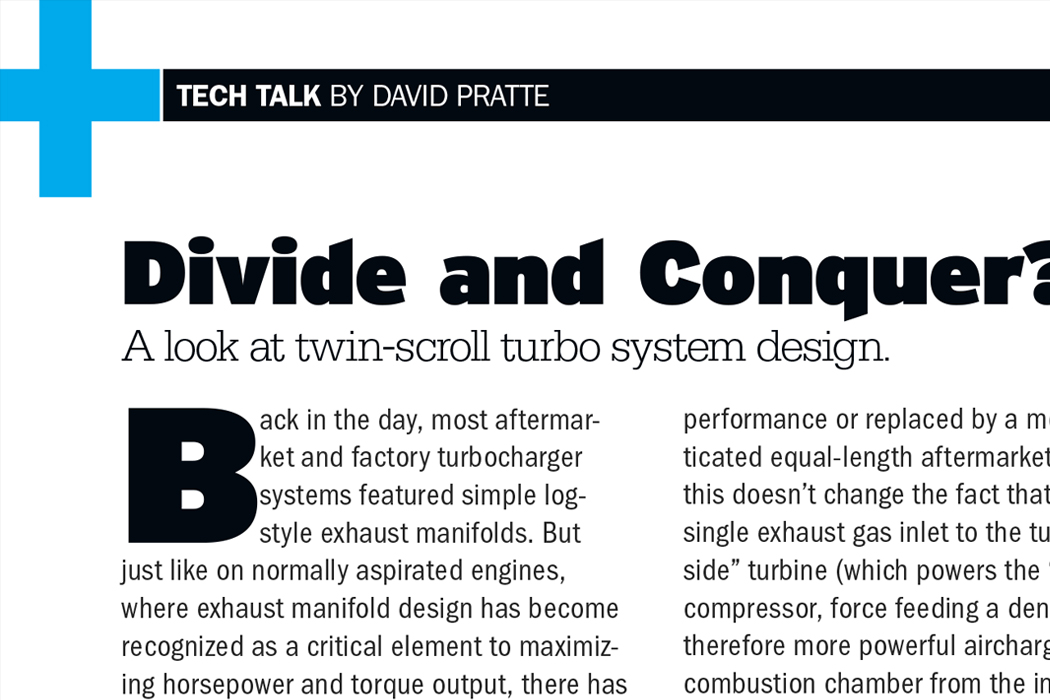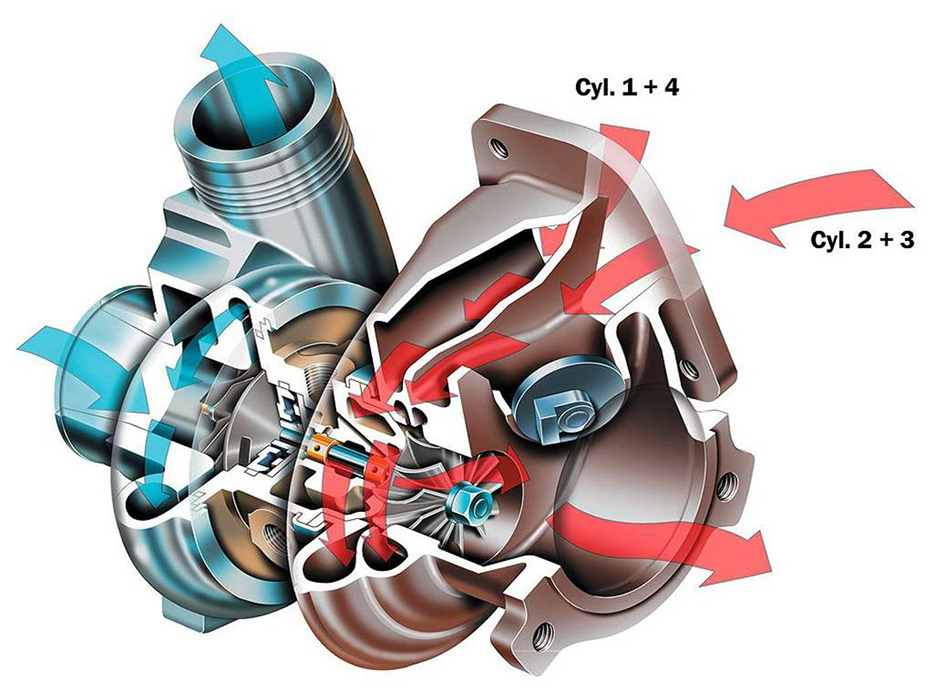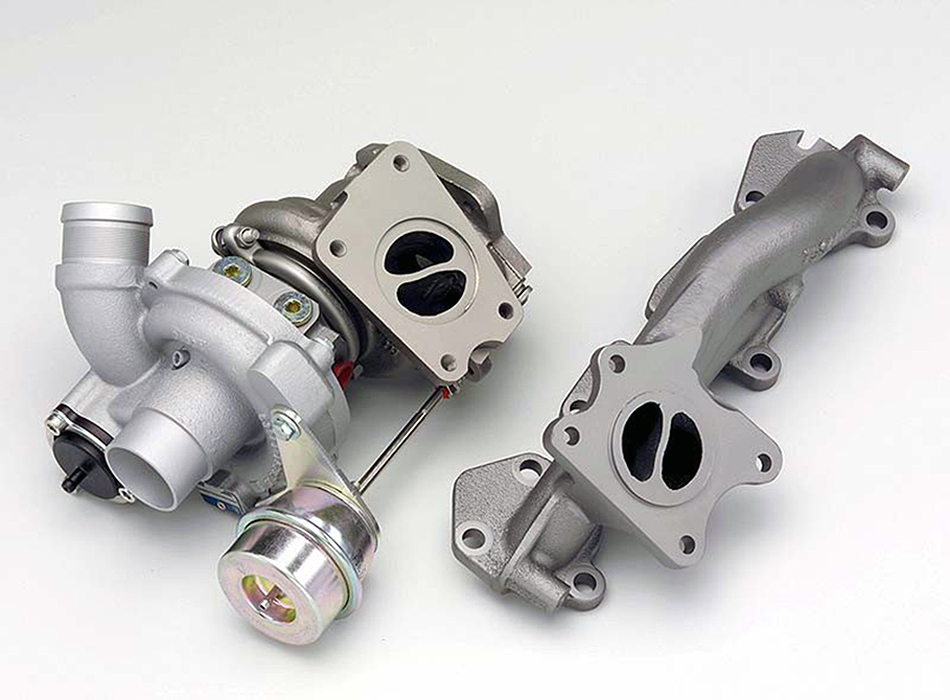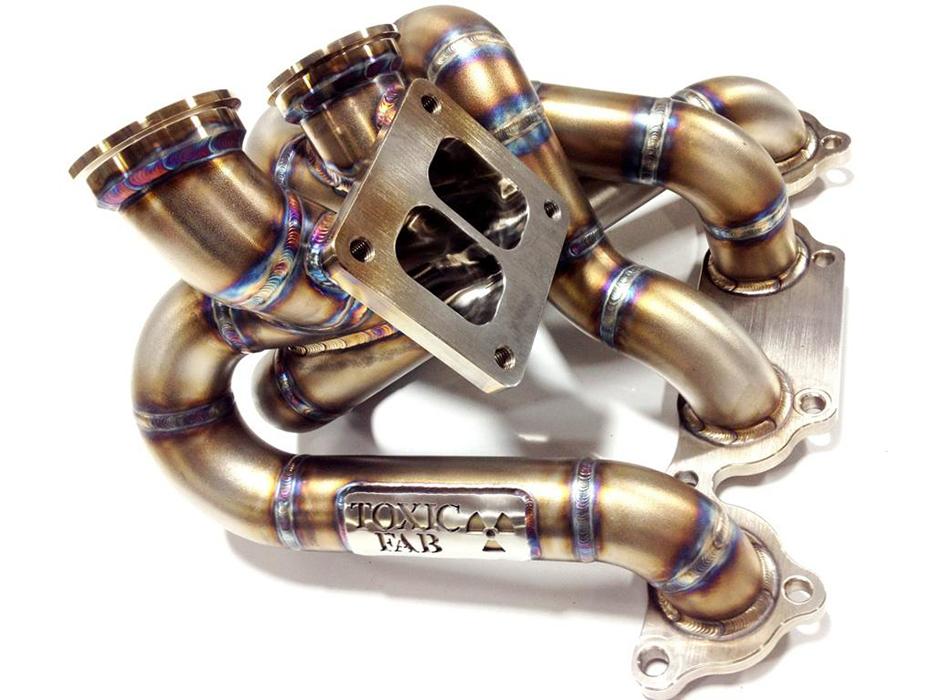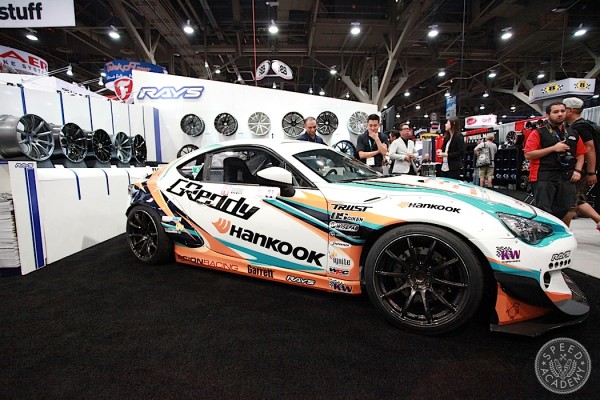So twin-scroll turbocharging is back in the news, thanks to Toyota recently announcing that the new Lexus NX compact crossover (above) will be powered by a 2-liter direct-injection gasoline engine that uses a twin-scroll turbocharger to boost output to an impressive 235 horsepower and 258 lb-ft or torque. If you’re anything like me, you’re already dreaming about swapping this engine into a vintage Toyota Corolla or, better yet, a TE27 Celica GT. Sure, there are lots of cool engine swapped versions of these cars out there already, but a brand new, direct-injection, twin-scroll turbo engine from Toyota definitely has my wheels turning, especially since we haven’t seen factory boost pressure in a Toyota since the Supra went out of production back in 2002.
I suppose it was only a matter of time before Toyota got back into the turbo business, because just about every other carmaker in the world these days is using turbos to downsize engine size in an effort to meet the tougher fuel economy targets they’ve been given while not giving up those all-important horses. And with the strategic partnership Toyota recently signed with BMW, it’s easy to imagine there being some technology sharing between the Bavarians, who’ve been busily adding turbos to just about every model in their lineup, and our increasingly performance-minded friends at Toyota. The best information to-date indicates that the new Supra, or FT-1 as it’s known for the time being (above), will have both a turbocharger and a hybrid-electric system onboard, just like Formula1 racecars do these days. Sounds like perfection to us, and lets hope they keep the styling very close to the concept above, because OMGWTFBBQ it looks absolutely stunning.
Which brings me back to 2009, when I wrote a story for the now defunct Modified Magazine about twin-scroll turbocharging and why it’s the preferred design (the other being single-scroll) for boost junkies looking for faster spool-up without giving up any top end performance. Turns out this was the most viewed story on Modified’s website for many years, and given Toyota’s use of a twin-scroll on the new NX, now seems like as good a time as any to revisit the topic (and recycle some of my hard work from back in ’09…you know, because recycling is good for the environment).
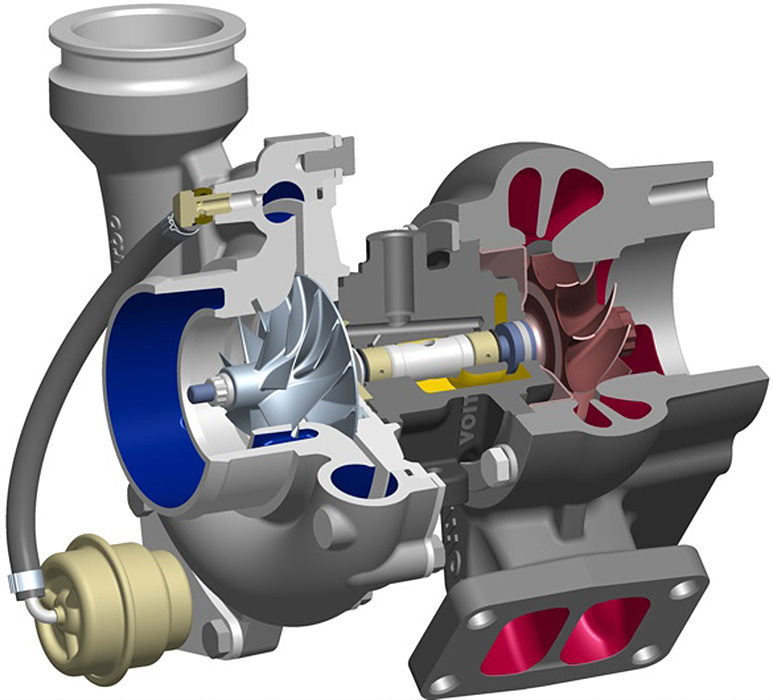
What’s so magical about dividing the hot side turbine (red) into a so-called twin-scroll arrangement? You’re about to find out.
Toyota certainly isn’t the first automaker to use a twin-scroll turbocharger. All you Japanese rally car nerds will surely know that certain versions of the JDM Impreza WRX STi came standard with a twin-scroll snail, as did some variants of the Mitsubishi Evolution and even the Pontiac Solstice GXP. But what exactly are the differences between single-scroll (or constant pressure) turbo systems and twin-scroll (or two-pulse) turbo systems and how do these design differences impact on overall engine performance? Read on, my friends!
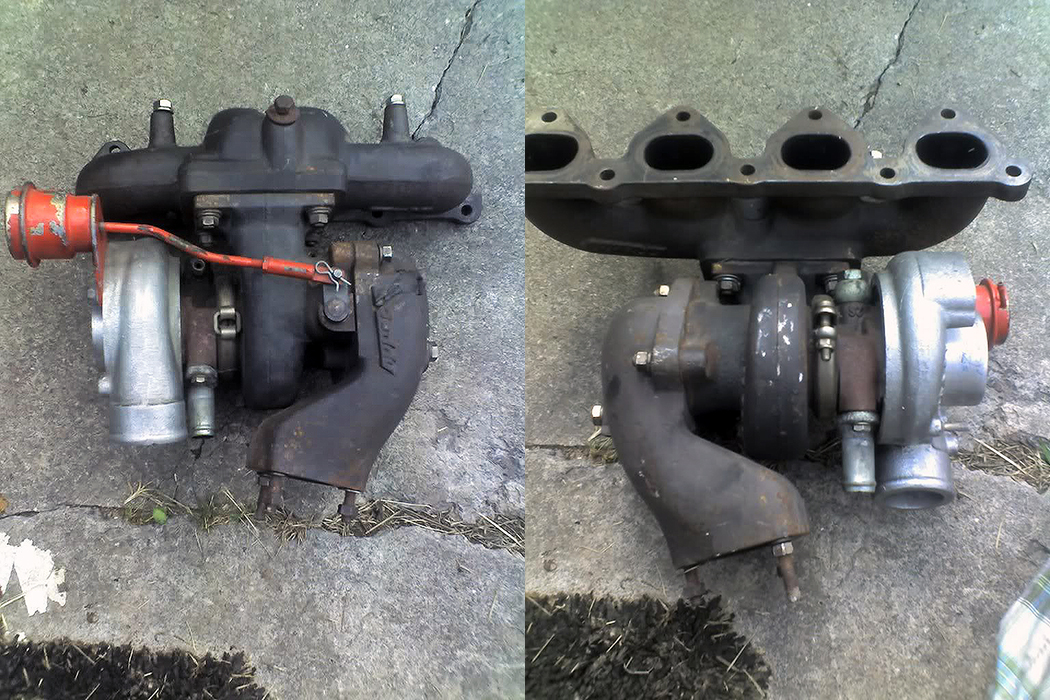
Peter and I both got our first taste of boost from the single-scroll turbo and log manifold that came standard on the 1g Eagle Talon TSi. As you can see, this is a compact and robust system that made a very reliable 195-hp, but these cars did suffer from pretty noticeable turbo lag due to the limitations of this basic single-scroll setup and a low compression ratio (7.8:1) 4G63T engine.
But before we get down to the twin-scroll nitty gritty, first lets quickly review the other option: single-scroll systems. It’s important to note that single-scroll setups do have their advantages, including being relatively compact, less expensive and extremely durable. So from a simplicity of design, packaging and reliability standpoint, a single-scroll turbo system is quite appealing, especially to OEMs who must consider more than just power production. Although the log-style or simple unequal length turbo manifolds often used by OEMs can be tweaked for improved performance, or better yet replaced by a more sophisticated equal-length aftermarket manifold, this doesn’t change the fact that there’s a single exhaust gas inlet to the turbo’s “hot side” turbine (which powers the “cold side” compressor, force feeding a denser and therefore more powerful air-charge into the combustion chamber from the intake side). Because of this constant pressure design, single-scroll systems are not particularly efficient at low engine speeds or high loads and as a result tend to suffer from turbo lag, something we’ve all probably experienced while driving a stock turbocharged vehicle from the ’80s or ’90s. Lag is that “wait for it…wait for it…boost!” sensation that frustrates those of us who want instant throttle response.
One of the biggest limitations of most factory single-scroll turbo system is the restrictive nature of its log or compact unequal length exhaust manifold. Keep in mind, the purpose of this manifold isn’t just to channel exhaust gases to the turbocharger’s turbine wheel, it’s also designed to allow exhaust gases to exit the combustion chamber of each cylinder quickly and efficiently. Keep in mind, too, that exhaust gases do not flow in a smooth stream, since the gas exits each cylinder based on the engine’s firing sequence, resulting in distinct exhaust gas pulses. Next time you fire up your car, place your hand lightly over the exhaust tip (before it gets hot!) and you will feel these pulses. With a log-style or compact OE-style unequal length runner exhaust manifold like you’ll find on Nissan’s much-loved SR20DET or VW’s “we put that shit in everything” 1.8T, the pulse from one cylinder can interfere with subsequent exhaust gas pulses as they enter the manifold from the other cylinders, inhibiting scavenging (where the high pressure pulse draws the lower pressure gasses behind it out of the combustion chamber with it) and increasing reversion (where exhaust gas flow is disturbed so much that its direction of travel reverses and pollutes the combustion chambers with hot exhaust gases). The trapped and wasted kinetic exhaust gas energy from poor scavenging and too much reversion also means higher combustion and exhaust gas temperatures, necessitating less aggressive ignition timing and reduced valve overlap as well as richer air/fuel mixtures (and higher NOx emissions).
Twin-scroll turbo system design addresses many of these shortcomings by separating those cylinders whose exhaust gas pulses interfere with each other. Similar in concept to pairing cylinders on race headers for normally aspirated engines, twin-scroll design pairs cylinders to one side of the turbine inlet such that the kinetic energy from the exhaust gases is recovered more efficiently by the turbine. For example, if a four cylinder engine’s firing sequence is 1-3-4-2, cylinder 1 is ending its expansion stroke and opening its exhaust valves while cylinder 2 still has its exhaust valves open (while in its overlap period, where both the intake and exhaust valves are partially open at the same time). In a single-scroll or undivided manifold, the exhaust gas pressure pulse from cylinder 1 is therefore going to interfere with cylinder 2’s ability to expel its exhaust gases, rather than delivering it undisturbed to the turbo’s turbine.
The result of the superior scavenging effect from a twin-scroll design is better pressure distribution in the exhaust ports and more efficient delivery of exhaust gas energy to the turbocharger’s turbine. This in turn allows greater valve overlap, resulting in an improved quality and quantity of the air-charge entering each cylinder. In fact, with more valve overlap, the scavenging effect of the exhaust flow can literally draw more air in on the intake side while drawing out the last of the low pressure exhaust gases, helping pack each cylinder with a denser and purer air charge. And as we all know, a denser and purer air-charge means stronger combustion and more power, and more power is the only thing that matters in our admittedly rather narrow worldview.
The benefits of twin-scroll design don’t end there, though. With its greater volumetric efficiency and stronger scavenging effect, higher ignition delay can be used, which helps keep peak temperature in the cylinders down. Since cooler cylinder temperatures and lower exhaust gas temperatures allows for a leaner air/fuel ratio, twin-scroll turbo design has been shown to increase turbine efficiency by 7-8% and result in fuel efficiency improvements as high as 5%. Combine these benefits with a well-engineered tubular equal-length manifold and the design strengths of a twin-scroll approach can pay even bigger dividends. ‘Equal length’ simply refers to the length of the primary exhaust manifold tubes or runners that the cylinder head exhaust ports breath out into, which should ideally be of equal length before merging at a narrow angle at the collector so that the gases flow smoothly together into the turbine inlet. This helps maintain exhaust gas pulse energy, resulting in better boost response and overall higher turbo efficiency.
